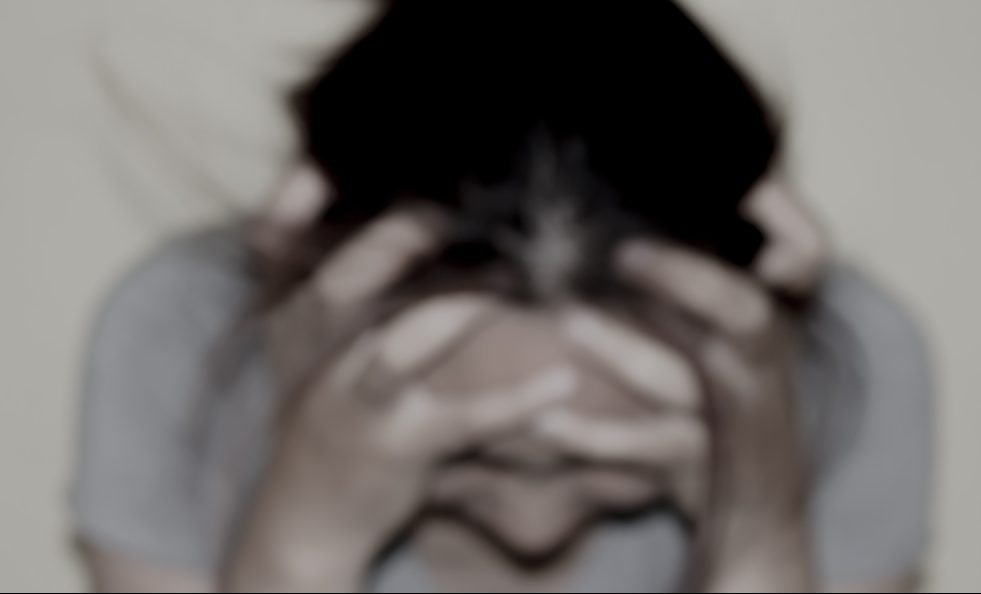The deaths last week of designer Kate Spade and Anthony Bourdain, a celebrity chef and television host, had everyone talking about suicide. We shouldn’t stop.
Suicide rates have been rising for years – by 25 percent nationally and 27 percent in Maine over the last two decades, across age, gender, race and ethnicity, according to a recent report from the Centers for Disease Control and Prevention. How we talk about that fact will go a long way in determining what is done with it.
First off, suicide is a public health crisis. Mental health or substance use problems are almost always present. But other factors – strained relationships, work or finance stressors, poor physical health, recent or impending crises – are important to recognize as well. There are usually multiple causes, and how they interplay is complex. That’s all the more reason for a comprehensive approach to prevention.
Of course, the report is proof that undiagnosed mental illness is a significant problem as well. About half of those who died by suicide had no known mental health condition, but it’s likely that many simply hadn’t seen a doctor, or the right doctor, at any rate.
We should also talk more about the role of gun ownership, another main factor mentioned in the CDC report; firearms are used in half of all suicides.
It’s their lethality that sets them apart. Suicide is often the result of a transient feeling of hopelessness, and if that feeling is allowed to pass, then the person afflicted by it most likely will never end up dying by suicide.
There’s hope here. In Indiana and Connecticut, laws that allow firearms to be taken away temporarily from people in crisis cut down the number of suicides by firearm. Such a red-flag law has been proposed in Maine but stalled in the Legislature.
Finally, we should talk about the larger forces of despair. Connected to factors like substance use, joblessness and loneliness but harder to grasp than the lack of adequate health care, the loss of the middle class and regional pockets of grim economic hardship, despair is hardly tangible.
But there is something about the American condition at the start of the 21st century. It is something about how Americans see the world and their place in it – how their realities correspond to the dreams and assumptions they grew up with, and the promises that were made to them.
Ultimately, it’s about how changes to the economy and American life over the last half-century pulled apart what people thought of community, and how nothing has been put in its place.
How to fix that is a big question. But we can start by talking – about a health care system that reaches more people, and treats mental health and addiction without judgment; about an economy that doesn’t leave its workers on the edge of poverty; and about laws that recognize the role of firearms in violence and self-harm.
Or you can start by reaching out. While many people believe mentioning suicide to a person in despair only makes matters worse, the opposite is true. When someone exhibits warning signs, showing that you care about their feelings and intentions can be the first step to getting well.
For a person who feels disconnected, just a little connection can make all the difference. There’s probably a lesson in there for everyone.
Send questions/comments to the editors.



Success. Please wait for the page to reload. If the page does not reload within 5 seconds, please refresh the page.
Enter your email and password to access comments.
Hi, to comment on stories you must . This profile is in addition to your subscription and website login.
Already have a commenting profile? .
Invalid username/password.
Please check your email to confirm and complete your registration.
Only subscribers are eligible to post comments. Please subscribe or login first for digital access. Here’s why.
Use the form below to reset your password. When you've submitted your account email, we will send an email with a reset code.